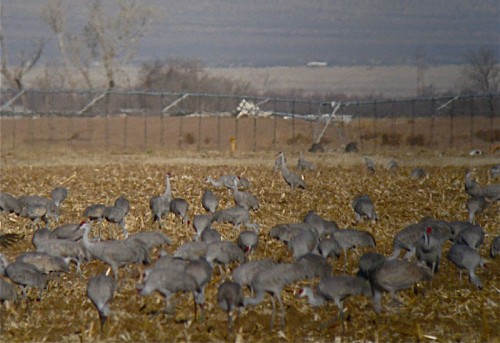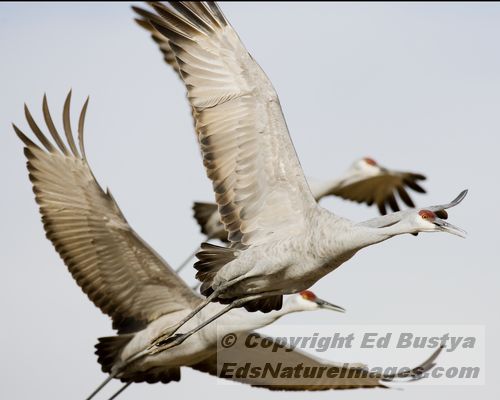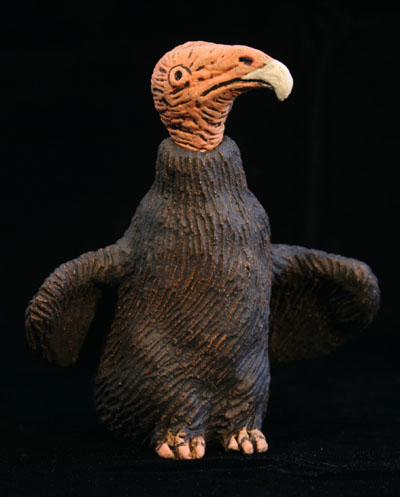Greetings from Willcox
Fortunately, I was able to hook up with V on her scouting trip this morning, and this is where we went: the dawn lift-off of Sandhill cranes just south of the town of Willcox, AZ.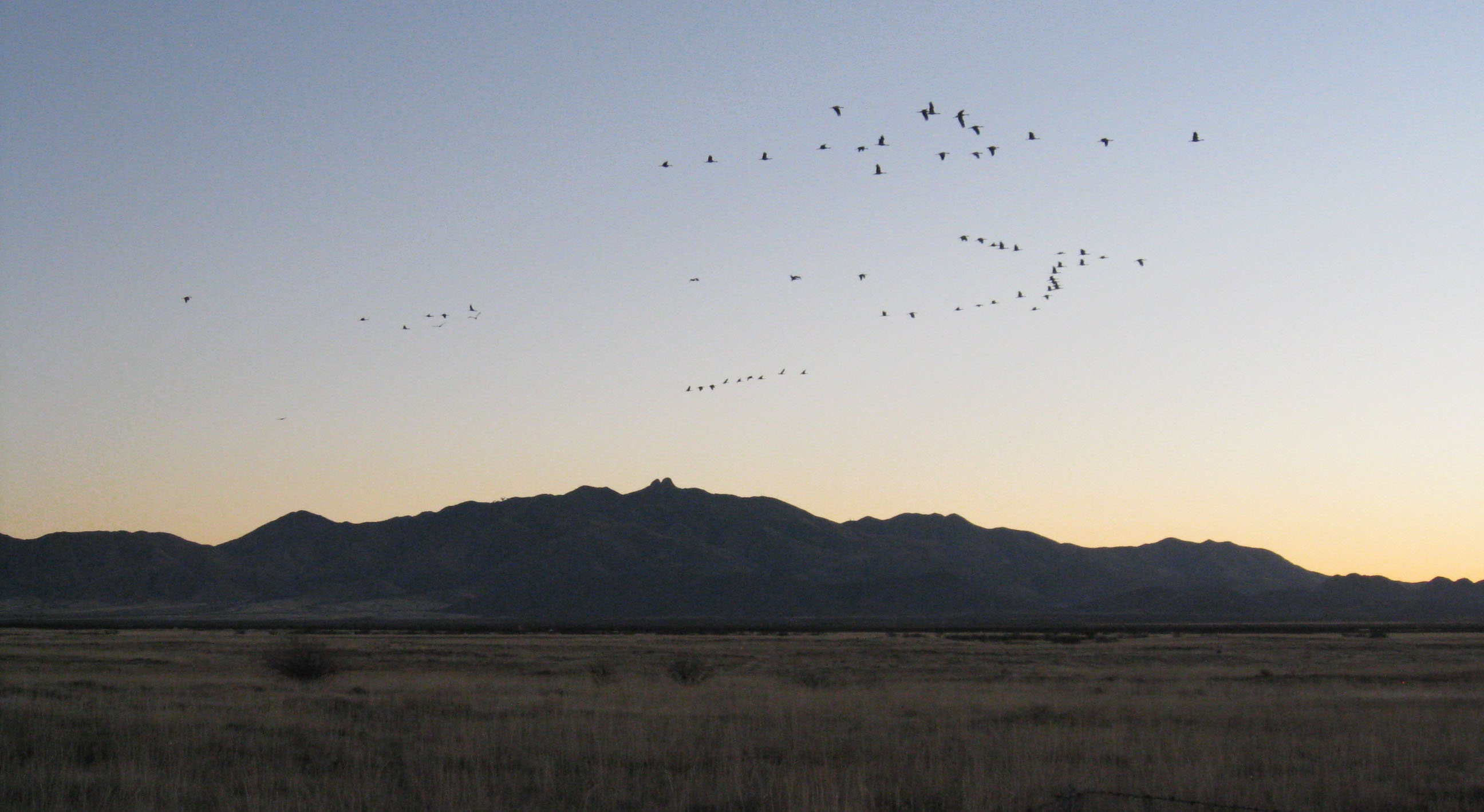
Above is a photo of a small fraction of the cranes flying out from the ice-crusted ponds where they spent the night — something like 6 or 8 thousand roost at this place. Dos Cabezas peak in the Chiricahuas is the twinned topography in the distance. The sound the cranes make is as much a part of the spectacle as the sight of thousands of birds in wheeling lines overhead. It’s an amazing noise, which I haven’t found an adequate way of describing. A croaky sort of rattly trumpeting, continuous and amplified and multiplied by thousands of syrinxes, it’s mixed with the baby-piping calls of immature birds urging their parents to wait up, distinct above the stuttery honks of the adults. (I’ve got a great video clip with the sound of the lift-off that I’m currently unable to get the editor to accept; I’ll post as soon as that struggle is over…)
An immature Golden eagle momentarily fools us all into thinking it’s intent on a crane on the fly, but it turns out to be adolescent high jinx and it perches on a power tower instead, after creating a fuss in the air, and setting most of the remaining cranes into flight. Earlier, a handful of Chihuahan ravens hadn’t done as efficient a job of agitating everyone.
The cranes fly out to feed in the stubbly fields of Sulphur Springs Valley during the day: here’s a telephoto shot of a group working in a field with an irrigation pivot looking like a fence behind them. They move slowly but steadily as a group, pecking the ground and occasionally each other, challenging breast to breast and vocalizing if necessary. An occasional stick is brandished boldly, and there is some hopping about, with stick. The immatures have brownish crowns, the adults a bright red heart-shaped “shield” between the base of their bill and their crowns. Not visible in the picture, a big Ferruginous hawk lurks over the crowd, perhaps waiting for the probing bills 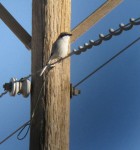 to stir up a rodent, and American kestrels follow the foraging flocks as well. The cranes themselves often seem to follow the field equiptment, poking through freshly turned soil for goodies. Horned larks work the furrows too, a Loggerhead shrike emits a variety of calls from a power line, and Eastern meadowlarks in large numbers stalk purposefully over the clods. All of these birds, like the farmers, make their living off the soil of the Sulphur Springs Valley, and to some degree their numbers and even presence are due to agriculture.
to stir up a rodent, and American kestrels follow the foraging flocks as well. The cranes themselves often seem to follow the field equiptment, poking through freshly turned soil for goodies. Horned larks work the furrows too, a Loggerhead shrike emits a variety of calls from a power line, and Eastern meadowlarks in large numbers stalk purposefully over the clods. All of these birds, like the farmers, make their living off the soil of the Sulphur Springs Valley, and to some degree their numbers and even presence are due to agriculture.
 In Willcox, Land of the Cranes, they are everywhere: back at the motel, a solitary crane poses obligingly on the commode, but its stately blue silence has little in common with the mobile, gabbling gray thousands we’ve just witnessed.
In Willcox, Land of the Cranes, they are everywhere: back at the motel, a solitary crane poses obligingly on the commode, but its stately blue silence has little in common with the mobile, gabbling gray thousands we’ve just witnessed.

